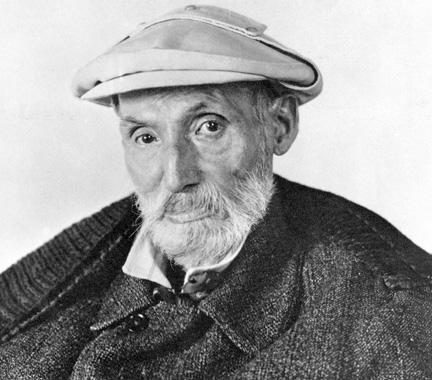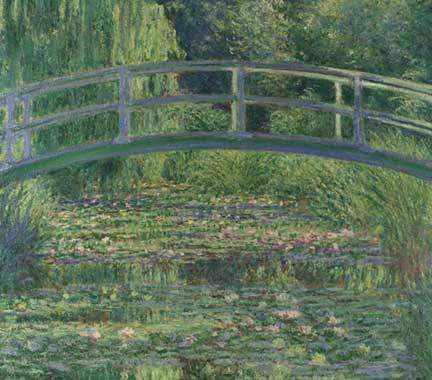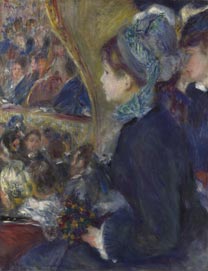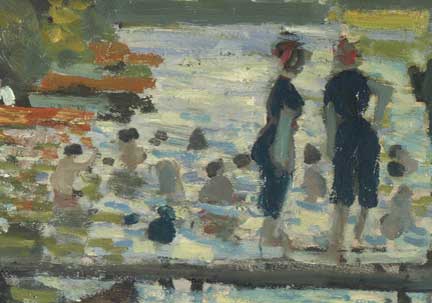Impressed you should be......
 |
| Renoir |
A 19th century art movement that came about in Paris between 1870's - 1880's. First of all the term impressionist was used as a insult to the artists who first exhibited they work. This was rejected by the art establishment. The paintings were considered among the first works of art in the modern era, due to the rough painting style and absence of idealism in the figures. Impressionism painters such as Claude Monet, Edgar Degas, Manet and Pierre-Auguste Renoir were said to be some of the first style of impressionist painters.
How they work could be rejected is beyond me, but I guess the bold colours and fast brush strokes were a little different for the time and theme of the old style renaissance paintings.
| Renoir |
 |
| Monet the water lily pond |
I remember viewing a Monet and being left emotional for no other reason than the colours made such an impact on something inside me. Maybe the way the light gave way in its changing qualities....even thinking of the way it made me feel brings tears to my eye this very day. It left an impression I guess you could say.....
Modern Life
The artist's also began to focus on the everyday people or as called in the day folks. Scenes of the working middle classes and peasants were a interesting subject to the impressionists.
 |
| Renoir, At the Theatre (La Première Sortie) |
 |
| Monet the Bathers |
The way the mind can make a image of what they think they see in a couple of strokes played an interest and part of this style. To stand back and look! The colour wheel started to play out also... Colours that when next to each other could intensify one other. Complementary pairs for painters are red/green, yellow/violet, and blue/orange. This started to change the way of painting forever.
The people (middle classes/working folk) became the tragic, and occasionally heroic, focus of serious literary works. Novelists took as much pleasure in describing the cafés, bars and theaters of Paris as the artists did in painting them. More descriptive..... they’re concerned with the “emotional landscape” of the setting. They’re interested in the ways the setting evokes certain emotional responses from both the characters and the reader.
Most famous author being Joseph Conrad, James Joyce, and Henry James.
Employing details in such a way that it’s sometimes difficult to see a clear picture of events if you focus on the details too closely. Much like an impressionistic painting, it’s only possible to get a full picture once you stand back from the novel and view it in its entirety.
| this I liked and i still sense not that much has changed |

Another factor which changed how artists painted was the innovation of ready-made paint in tubes. Grinding pigments in order to make up oil paint had been a laborious and untidy process. The availability of a wide range of ready-made colours meant that artists could work outdoors, rather than in a studio. They could also work at much greater speed, at moments applying the paint straight from the tube without even using a brush.
Lets go outside......

No comments:
Post a Comment